We were delighted to welcome garden designer, writer and presenter Manoj Malde to the garden for a talk and book signing.
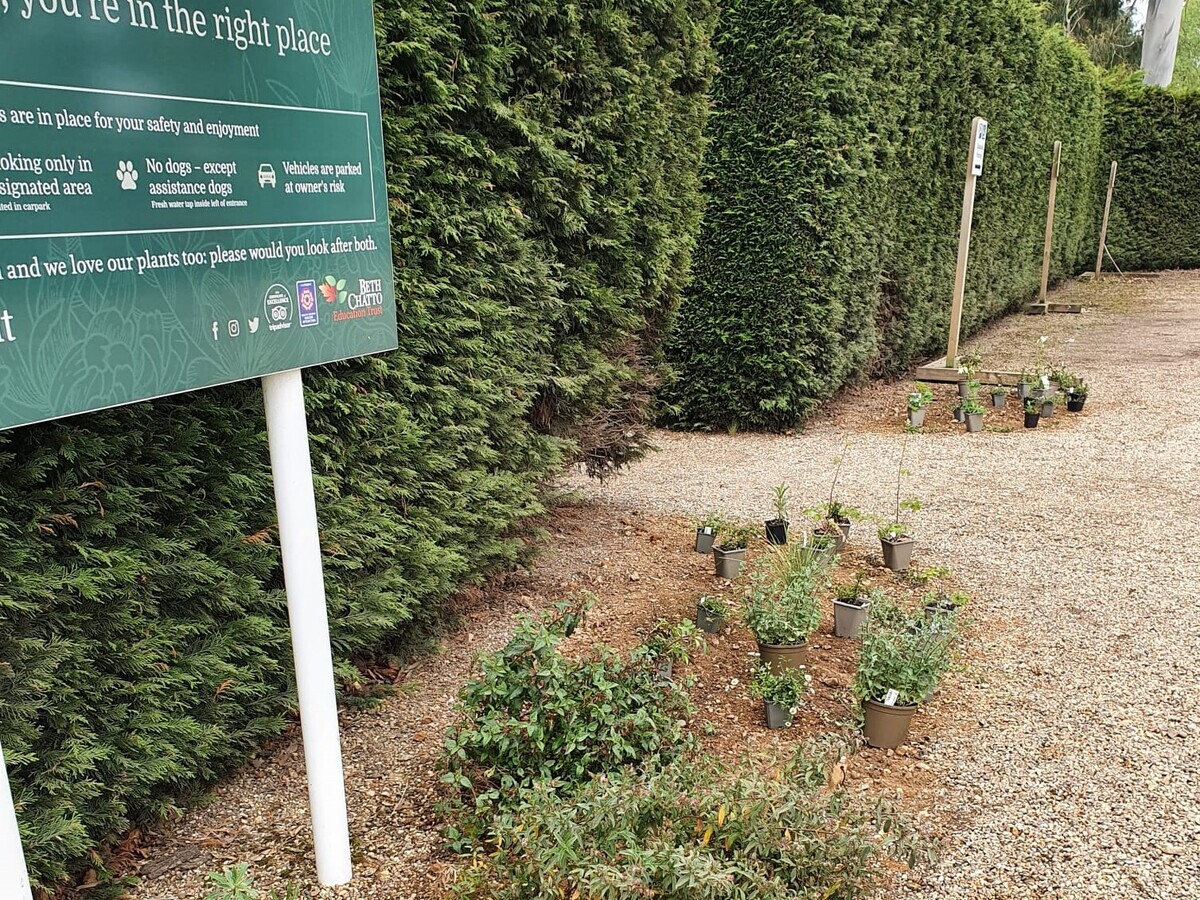
A new area of drought tolerant planting at the garden entrance
![]()
New drought tolerant planting at the garden entrance
For the past 5 years, a pot display, containing mainly half-hardy plants in the summer months and evergreens during the winter has sat at the entrance to the Gravel Garden welcoming our visitors. The display looked fantastic but we were conscious of the fact that we were using a lot of water to irrigate the pots and also a lot of time doing so. At the beginning of the year, we looked at ways in which we could make our activities on site more sustainable, so reducing our water usage through unneccesary watering was a good place to start. The pot display was reassessed and it was decided that permanent planting would not only reduce water consumption, but would also cut back on time spent watering.
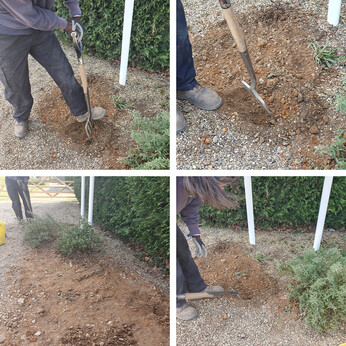
There was a thin layer of tarmac under the gravel mulch in this area which Sally first had to break up and remove. Underneath this is approximately 6m/20ft of naturally occuring sand and gravel. This material was deposited by the Anglian Ice Sheet during the last ice age and features in much of Essex.
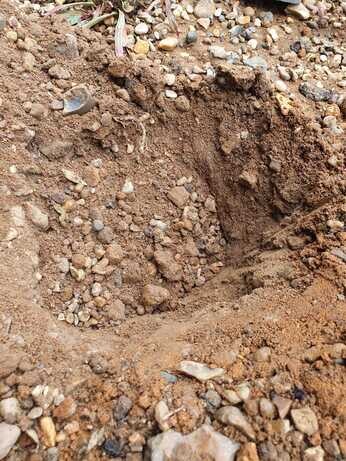
The Gravel Garden (separated from the carpark by a large leylandii hedge) is made up of the same underlying sand and gravel. This however has been improved with organic matter over the past 30 years to help with water retention for the unirrigated planting. Beth used the Gravel Garden as an experiment to see how drought tolerant plants would cope without irriagation, relying solely on rainfall; of which we don't recieve much in this dry part of the country. To give the plants the best possible start, organic matter consisting of spent mushroom compost, home-made compost and bonfire waste was incorporated into the beds to improve the soil structure.
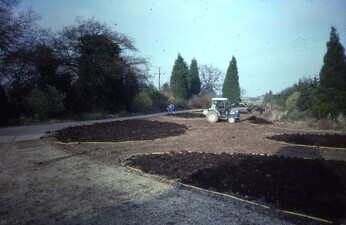
The new planting takes Beth's original premise a step further by not improving the soil. The plants learn to adapt and survive in the poor soil conditons, so will hopefully tolerate drought even better when the plants have established.
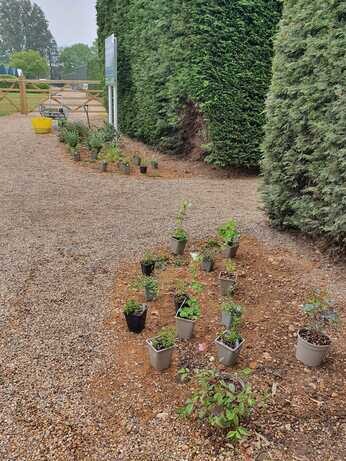
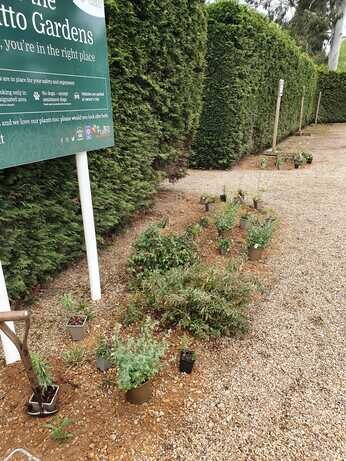
The plants were planted to the same depth as they were in their pots.
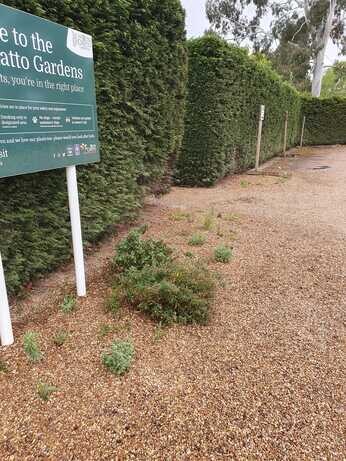
The plants were thoroughly watered-in and gravel placed back around the plants as a mulch.
All plants were dunked in a bucket of water until the rootball was throughly saturated. A lot of the plants were rootbound in their pots, so Sally teased them apart well to encourage roots to extend outside of the planting hole. The perennial planting will now be left unirrigated, but the shrubs will be checked and possibly watered again. We have however received good rainfall since they were planted, so hopefully this won't be necessary.
If carrying out this type of planting:
- Plant early in the growing season (mid-March to early May). There will be more moisiture in the soil and plants will hopefully have time to get their roots down before the hot weather arrives.
- Choose small plants (ideally 9cm-1 litre pot sizes). Smaller plants establish better and adapt more easily to their environment.
- Alternatively use seed; seedlings learn to cope with the conditions and adapt accordingly.
- Thoroughly soak the plant rootballs in a bucket of water just before planting.
- Once planted, water the plants in well using a hose.
- Place gravel around the plants to act as a mulch, retaining precious moisture in the soil for plant roots.
- Shrubs and trees usually need more care until they are established, so check in dry weather and water again if necessary.
List of plants used:
- Rosa glauca
- Coronilla valentina subsp. glauca 'Citrina'
- Cistus parviflorus
- Stipa gigantea
- Euphorbia characias subsp. wulfenii
- Nepeta racemosa 'Walkers Low'
- Origanum laevigatum 'Hopley's'
- Aquilegia vulgaris 'Heidi'
- Aquilegia vulgaris 'Alba'
- Alcea rugosa
- Verbena bonariensis
- Erigeron karvinskianus
Approximately 4 years ago, Sally created a couple of planting holes in the tarmac and planted two cistus to soften our entrance sign. The cistus were watered in at the time of planting but unirrigated after. They have grown at a slower rate compared with many new plants in the improved Gravel Garden soil, but hopefully they will be even more adapted to drought.
We will keep you updated with how the planting develops over the summer.
![]()

COMMENTS